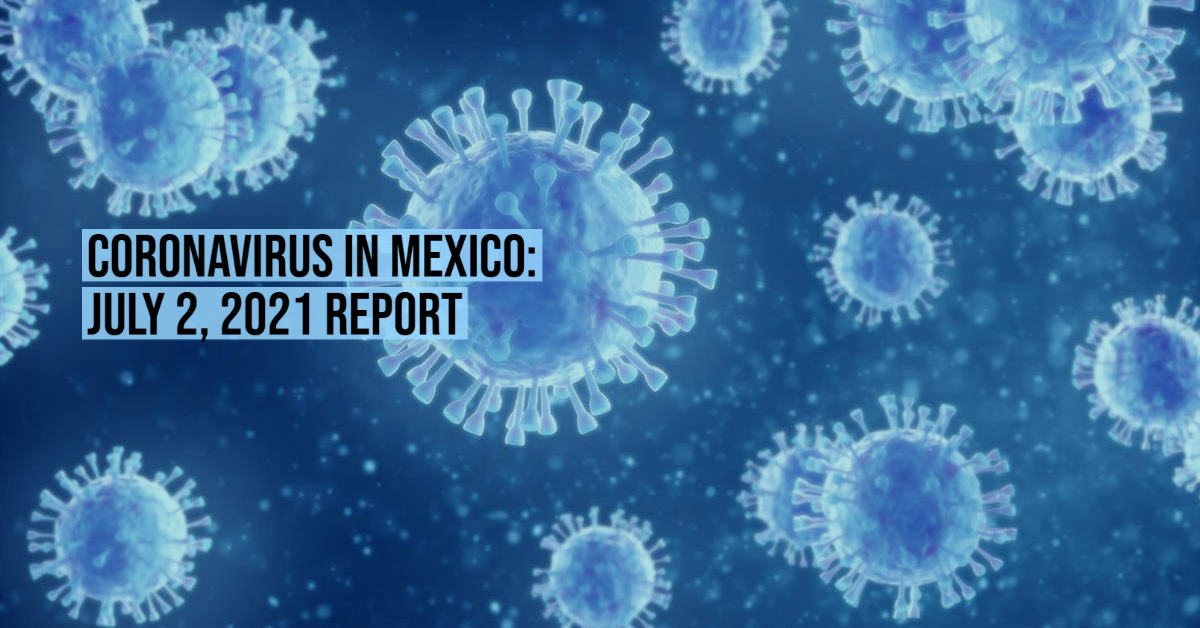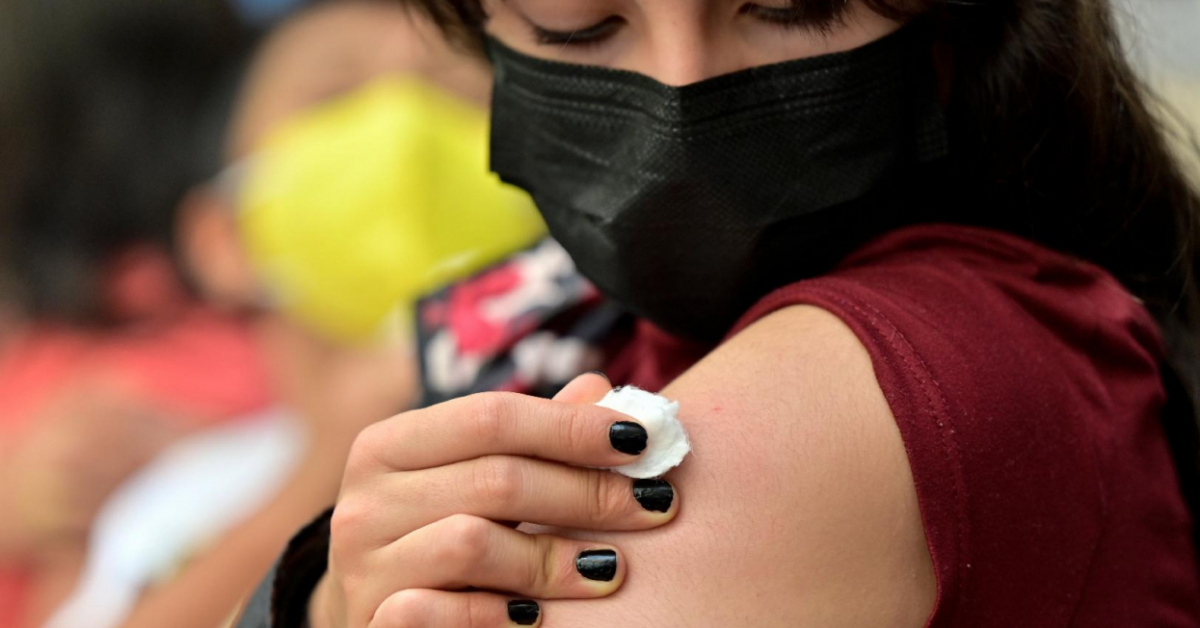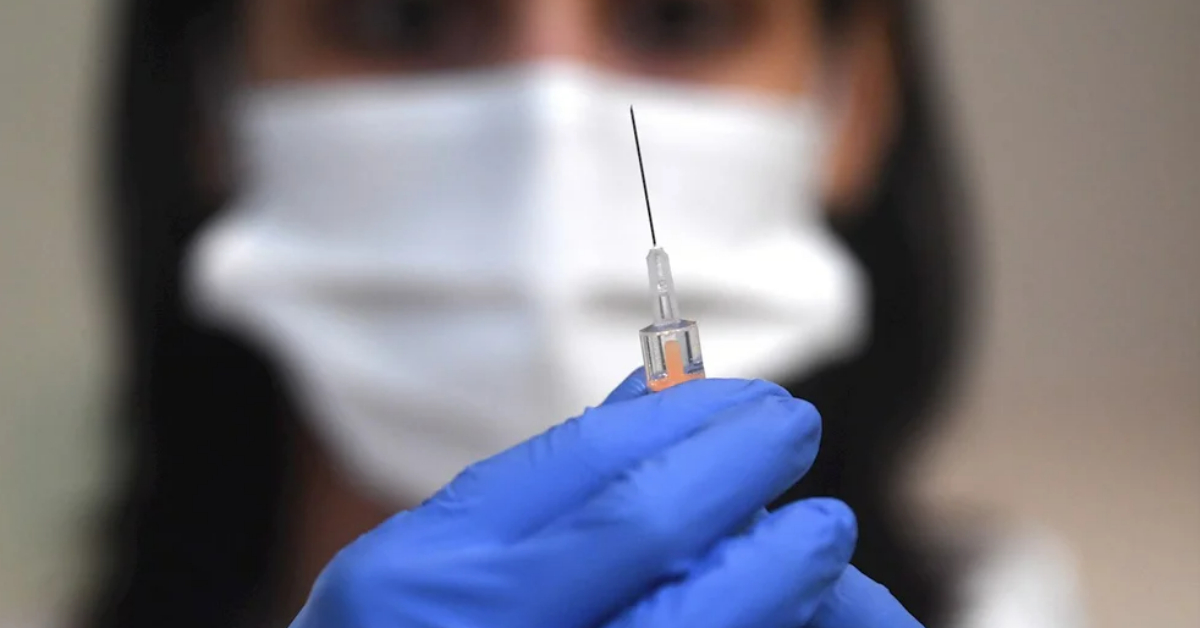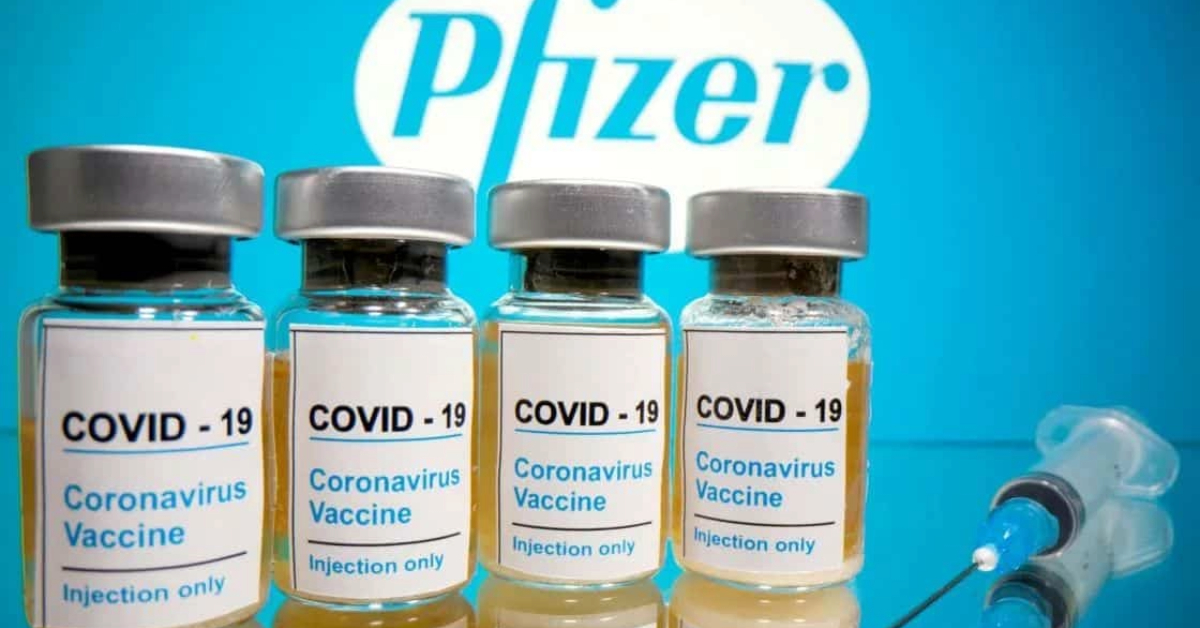On Friday, July 2, 2021, health authorities in Mexico shared the daily statistics about the presence of the COVID-19 virus in the country. Authorities confirmed the existence of 2,531,229 accumulated confirmed cases, as well as 233,425 deaths since the beginning of the pandemic i…







